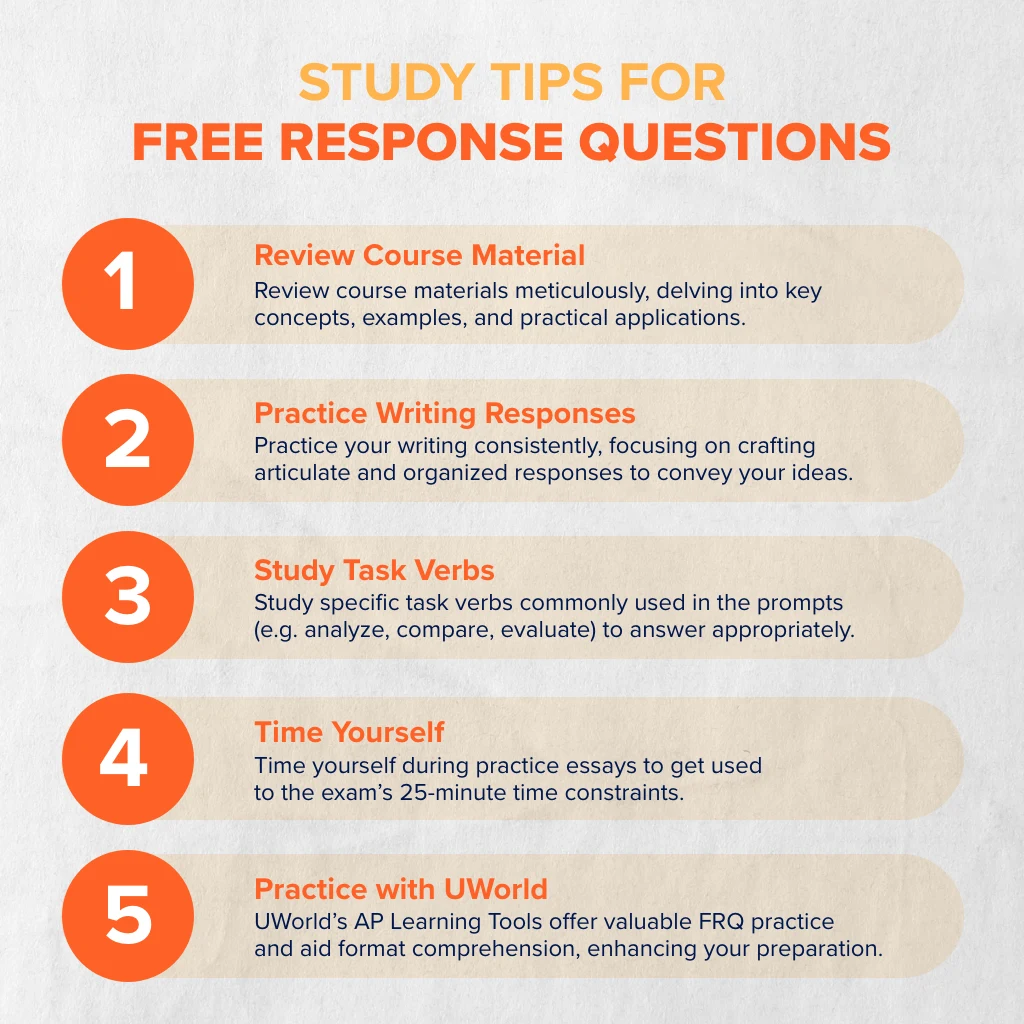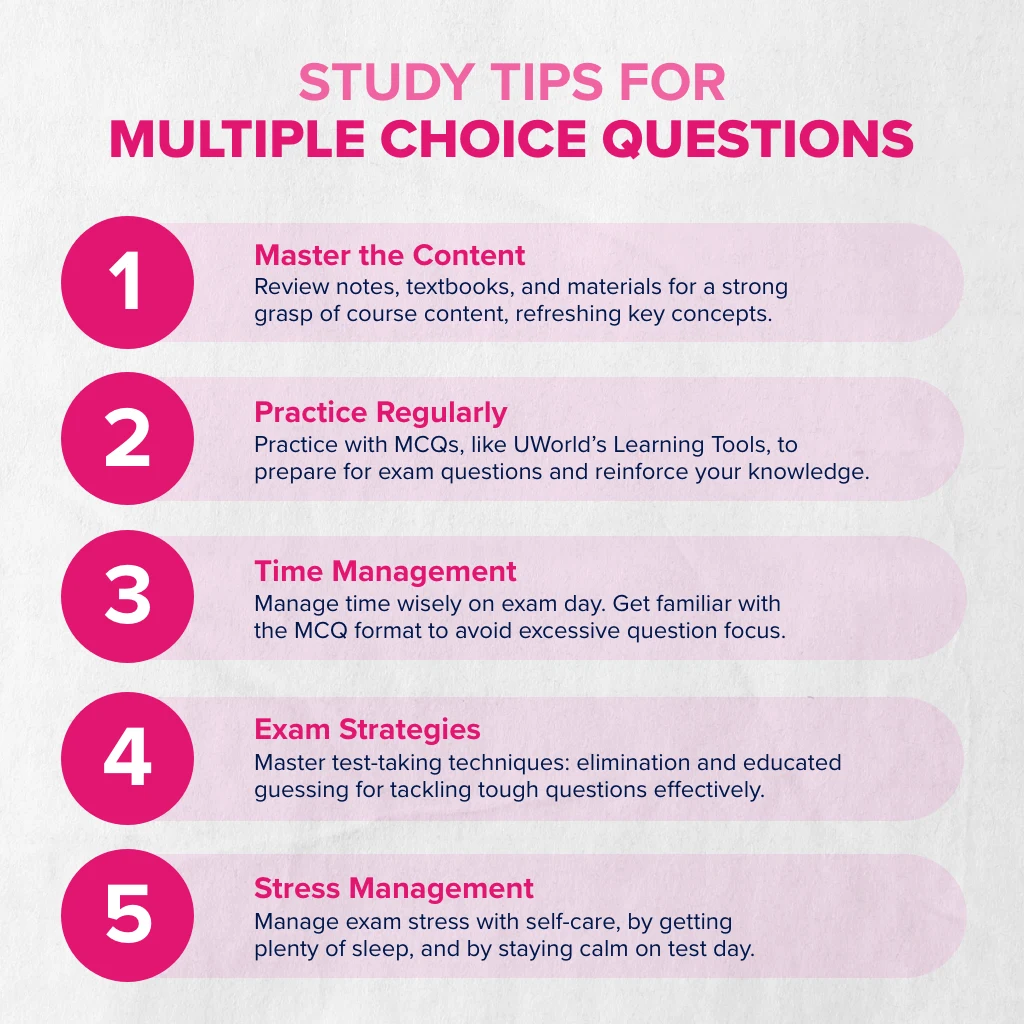Okay, so today I wanted to dive into something that’s been on my mind lately – emotional learning. It’s a part of that AP Psychology course I’ve been digging into. I always thought I was pretty good with handling my feelings and understanding other people’s emotions, you know, the whole emotional intelligence thing. But this? This took it to a whole new level.

Starting from Scratch
First off, I had to get my head around what emotional learning actually is. It’s not just about recognizing that you’re mad or sad. It’s way deeper than that. It’s about understanding the why behind those feelings, how they impact your actions, and how you can use that understanding to navigate the social jungle gym we call life. So, I started by reading up on the basics, the definitions, and all that jazz.
Putting it into Practice
Then came the hard part – actually putting this stuff into practice. I started with something simple: keeping an emotion journal. Every day, I’d jot down how I felt during different situations. Like, “Felt super anxious before the presentation, heart was racing, palms were sweaty.” It sounds silly, but writing it down made it real. After a week, I started noticing patterns. Like, I get really stressed out in the mornings, or I feel most content when I’m doing something creative.
Understanding the ‘Why’
- Recognize: The next step was to understand the “why” behind these feelings. Why do mornings stress me out? Is it the traffic? The to-do list that’s a mile long? Or something else entirely?
- Reflect: This is where the real work began. I had to sit with these feelings and really think about them. It wasn’t easy. Sometimes, I’d just stare at a blank page, trying to make sense of it all.
- Connect: Gradually, I started connecting the dots. Like, maybe the morning stress is because I feel unprepared. And that feeling of contentment? It comes when I’m lost in a project and time just flies by.
Changing the Game
Once I had a better handle on my own emotions, I started working on how I react to them. Instead of letting anxiety take the wheel, I started implementing strategies to manage it. Breathing exercises, a bit of mindfulness – stuff I used to roll my eyes at. But guess what? It actually helped. I felt more in control, less like I was just reacting to whatever life threw my way.
The Social Experiment
The final piece of the puzzle was empathy – understanding other people’s emotions. I practiced active listening, tried to put myself in others’ shoes, and really paid attention to non-verbal cues. It was like learning a new language. And just like with any language, the more I practiced, the better I got. I started noticing subtle shifts in people’s moods, understanding their perspectives a bit better, and responding in a way that was more supportive and, well, human.

So, that’s my journey with emotional learning from this AP Psychology stuff. It’s been a wild ride, full of ups and downs, but it’s changed the way I see myself and the people around me. I’m not saying I’m an emotional guru now or anything, but I’m definitely more aware, more in tune, and that’s a pretty cool feeling. It’s like I’ve unlocked a new level in the game of life, and I’m excited to see where it takes me next.













